2018-12-06
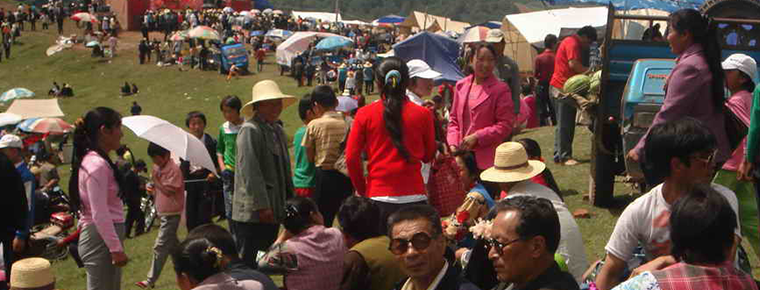
- By ChinaWiki.net
- Chinese Edition
- 2019-05-04
Flower Huaer
"Huaer" is a folk song created and shared by Han, Hui, Tibetan, Dongxiang, Baoan, Sarah, Tu, Yugu and Mongolian nationalities in Gansu, Qinghai and Ningxia provinces in Northwest China. is named for the metaphor of women as flowers in the lyrics. It sings in Chinese and is influenced by the traditional music of the Qiang, Tibetan, Han, Tu and Muslim nationalities. "Huaer" originated in the early Ming Dynasty (around 1368 A.D.).
On May 20, 2006, Huaer was approved by the State Council to be listed in the first batch of intangible cultural heritage at the national level in China.
In December 2018, the Ministry of Education recognized the Northwest Huaer Heritage Base of Lanzhou University as the first batch of excellent traditional Chinese cultural heritage bases of national universities.
historical origin
Huaer was born in the early Ming Dynasty (around 1368 A.D.). It is a folk song created and shared by Han, Hui, Tibetan, Dongxiang, Baoan, Sarah, Tu, Yugu and Mongolian nationalities in Gansu, Qinghai and Ningxia provinces (regions) in Northwest China. It is named for the metaphor of women as flowers in the lyrics. It sings in Chinese and is influenced by the traditional music of the Qiang, Tibetan, Han, Tu and Muslim nationalities. Because of the different musical characteristics, lyrics and spreading areas, Huaer can be divided into three categories: Hehuang Huaer, Taomin Huaer and Liupanshan Huaer. In addition to the impromptu singing in the fields, pasturing and traveling, people spontaneously hold a large-scale Folk Song Contest - "Huaer Festival" at a specific time and place every year, which has the special value of multi-ethnic cultural exchanges and emotional blending.
Huaer is actually a term used in academia. Local people call it "Manhua" or "Manhua" more accurately. Because of the local pronunciation of "Er", outsiders of "Manhua" sound like "Manhua". From the naming, it is pointed out that the key of "Huaer" lies in "rambling", which is similar to what we often call "rambling". On the day of Flower Club, young men and women will carry dry food on their backs and go to nearby mountains to "Flower Club", similar to other temple fairs or outings. They sing to each other by singing, singing alone, or asking and answering questions. In a word, they do not stick to any form. They are very free and "scattered", so they are called "diffuse flowers".
Huaer, also known as a teenager, is a multi-ethnic folk song popular in Northwest China. It gets its name by comparing young women with flowers in lyrics. Flowers are produced in Linxia, Gansu Province, and are popular in Gansu, Qinghai, Ningxia, Xinhua and other areas. They have numerous lyrics and high literary and artistic value. They are called the soul of Northwest China. As the birthplace and main singing place of Huaer, Linxia Hui Autonomous Prefecture and Minxian County of Gansu Province were awarded the title of "China's Huaer Township" by the Chinese Association of Folk Literature and Art Artists, Kangle County and Hehe County were named the Chinese Huaer Protection Base and the Chinese Huaer Heritage Base, Jishishan Dongxiang Sala Autonomous County and Yongjing County were identified as folk song textual research by UNESCO. Acquisition sites. Linxia, Gansu Province, is the home of Huaer. At the 4th meeting of the UNESCO Intergovernmental Committee for the Protection of intangible cultural heritage held in September 2009, Huaer, a national intangible cultural heritage, was admitted to the list of representatives of human intangible cultural heritage along with 21 other intangible cultural heritage projects declared by China.
Inheritance significance
Zhang Yaxiong lived in Xining from 1944 to 1947. In his spare time, he ran around the fields and riverside mountains, recording some beautiful flowers. In the autumn of 1948, when Huaer Ji was reprinted in Lanzhou, many new contents were added. In 1950, Zhang Yaxiong was preparing to publish the third Huaer Collection, but he failed because of his unfair historical treatment. In the Cultural Revolution, he still insisted on the study of "flowers" although he lived by picking up the ragged ones. It was precisely: "Flowers are the words of the heart. He could not help singing without his own home. The way of singing is to cut the head with a knife and not die." In 1981, at the Second Literary Congress of Gansu Province, Dai Liren, a peasant writer in Pingliang and a fan of flowers, presented Zhang Yaxiong with a 1948 edition of Hua Er Ji. In 1986, at the age of 76, Zhang Yaxiong met Huaer Ji, a reprint of the Chinese Language Federation Publishing Company.
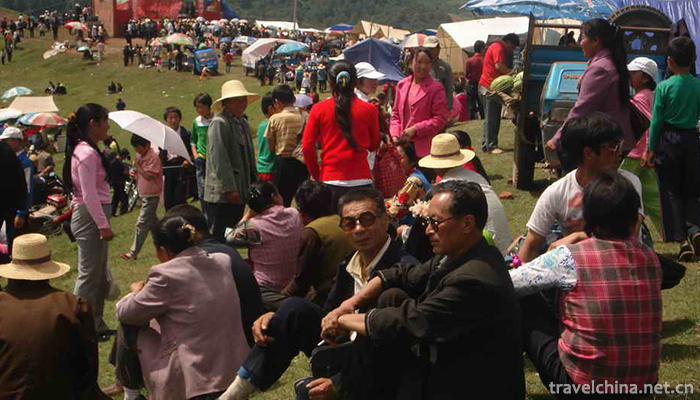
Ask a Question
Your email address will not be published.
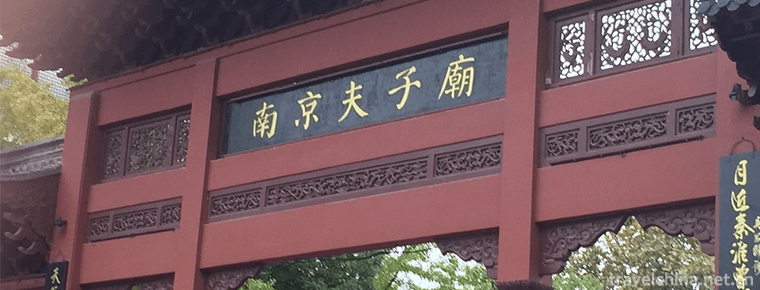
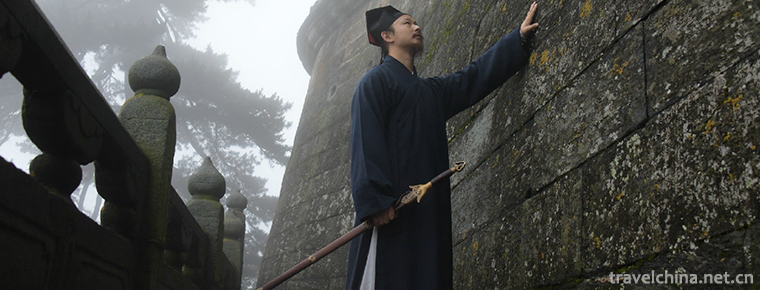
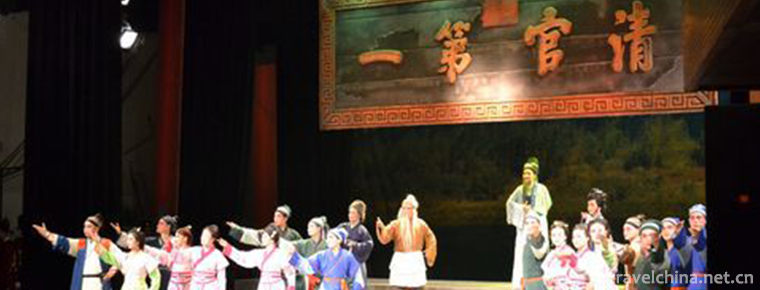
0 Questions